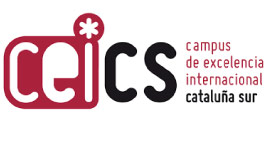13/01/2022
13/01/2022
Tituli picti on Spanish amphorae
https://www.archaeopress.com/ArchaeopressShop/DMS/60DFD05B5B98408BB7316C91E417E762/9781803270623-sample.pdf
13/01/2022
La Atlántida, arqueologia de un mito
13/01/2022
Cultos a filósofos griegos antiguos en Diógenes Laercio: evidencias y funciones
13/01/2022
Quintus Valerius Arator en Baetica: a propósito de un singular dolium itálico de Estepona
13/01/2022
Producción anfórica en Hispania. La evidencia de la epigrafía
https://droz.org/europe/product/9782600057493
12/01/2022
Signum lapidarium. Clasificación y Significado en Época Romana
12/01/2022
La cantera romana de El Mèdol: estudio integral de la explotación y abastecimiento de material pétreo en la antigua Tarraco (Tarragona)
12/01/2022
Spolia en Carthago Nova. Re-uso y resilencia urbana en la ciudad del alto Imperio
12/01/2022





